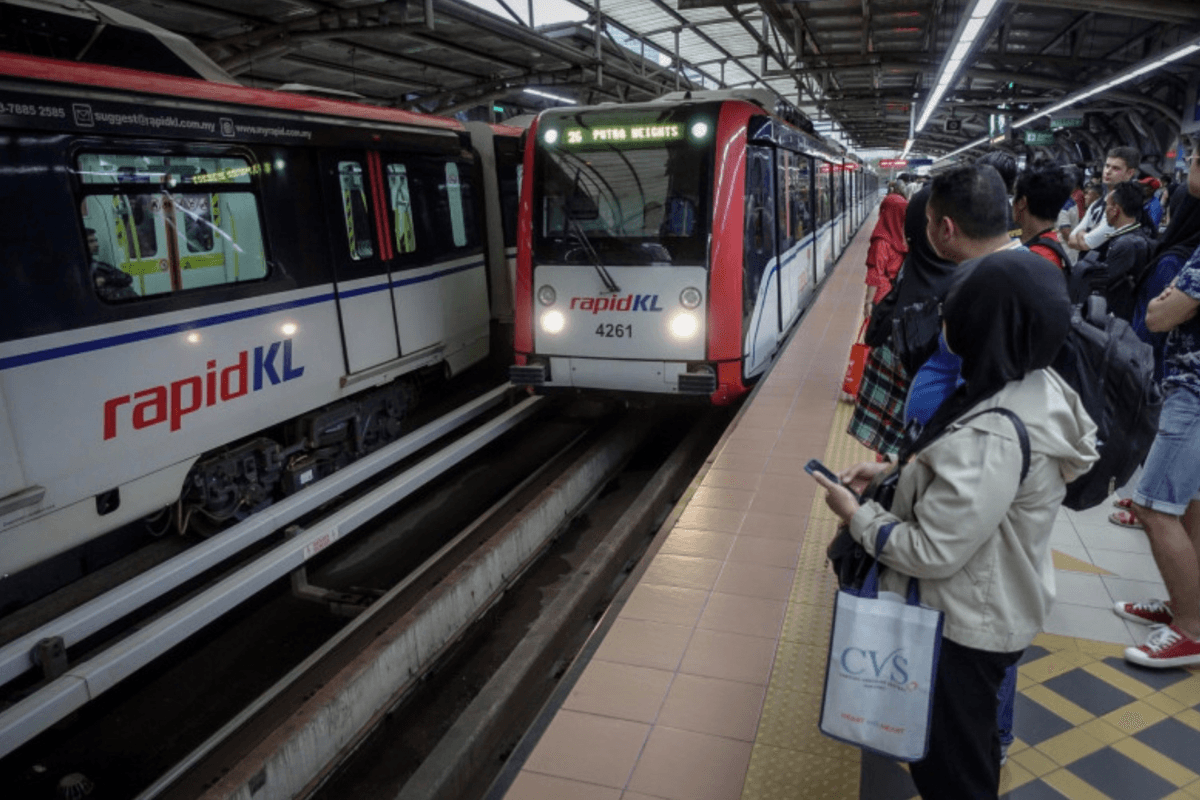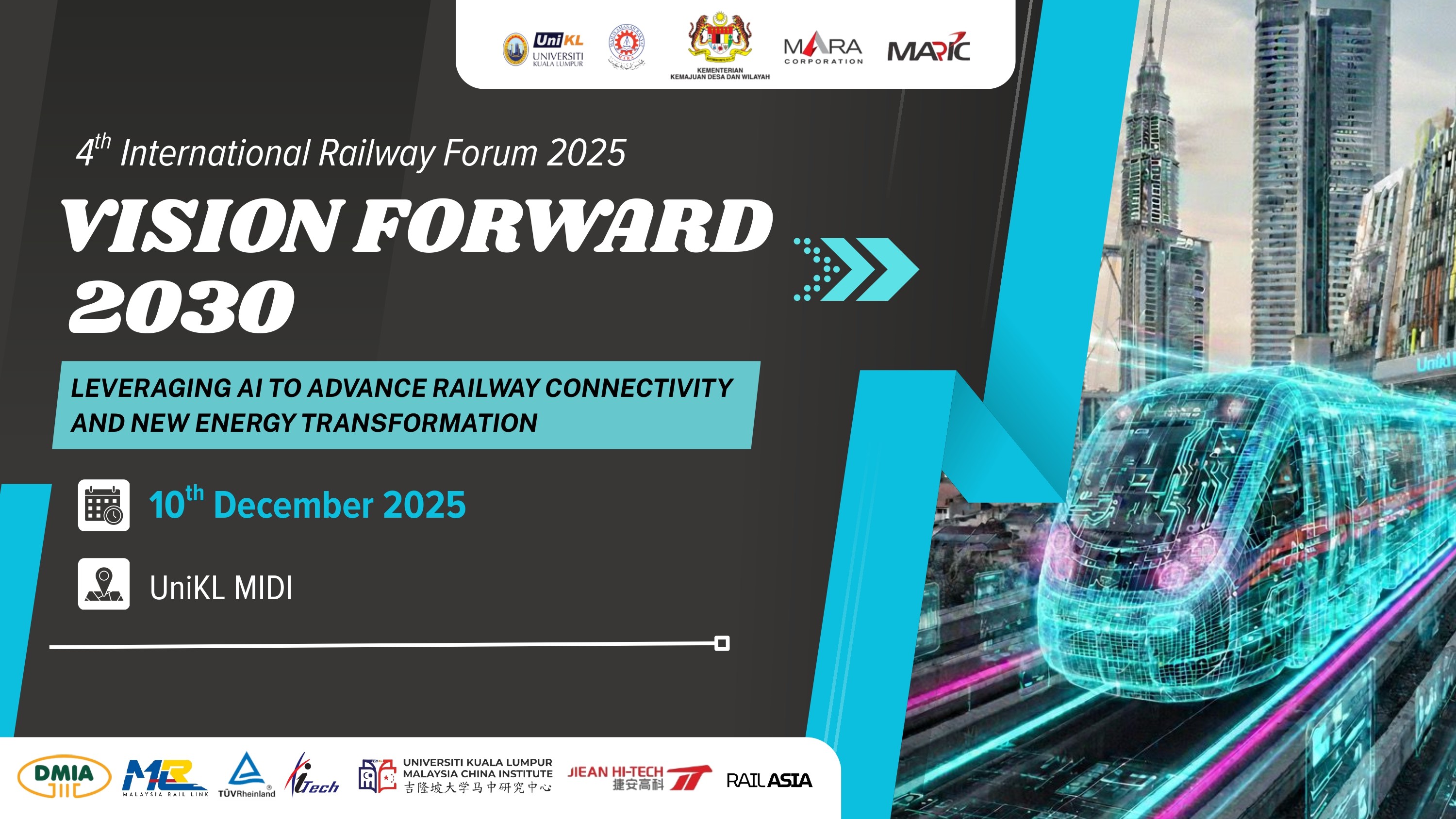Aug 5, 2025
China's High-Speed Rail Expansion Nears 50,000 km Amid Debt Concerns
China says its high-speed rail (HSR) network is on course to pass 50,000 km in 2025, up from 48,000 km at the end of 2024, with an official goal of ~60,000 km by 2030. The figures come from government and state-operator disclosures summarising 2024 performance and 2025 plans.
After two decades of rapid build-out, officials are pairing continued construction with an emphasis on “quality and efficiency.” The expansion has reshaped domestic travel and pushed HSR coverage to most large cities.
China is also testing the next generation of trains. CR450 prototypes, unveiled in Beijing on 29 Dec 2024, are engineered for 400 km/h commercial operation, with test speeds up to 450 km/h. Authorities have not announced an in-service date. On trunk routes such as Beijing–Shanghai, where today’s fastest scheduled services take roughly ~4½ hours, any move to 400 km/h would require corresponding infrastructure and operations upgrades.
In parallel, China continues to research maglev technology. A 600 km/h prototype rolled off the line in Qingdao in July 2021, and recent studies have explored ways to mitigate “tunnel boom” shock waves at ultra-high speeds. These projects remain pre-commercial.
The build-out’s economics remain under scrutiny. International reporting has highlighted debt near US$1 trillion at China State Railway Group, even as the operator points to rising transport revenue and improving ratios. The company’s own 2024 wrap-up cites record passenger volumes and continued investment.
Scholars have long warned about line-level profitability away from core corridors. Zhao Jian of Beijing Jiaotong University has argued since at least 2019 that extensive HSR expansion carries debt risks and that demand must justify high costs; his academic work likewise examines whether time-savings value supports HSR economics.
Policy debates also stress that China’s HSR network is primarily passenger-only by design. At the same time, freight growth relies on the conventional network, an important trade-off as planners balance expansion with financial sustainability.
The bottom line is that China is poised to clear the 50,000km mark in 2025 and push toward 60,000km by 2030 while testing 400 km/h EMUs and pursuing maglev research. The next phase turns on operating economics and efficient resource allocation as much as speed.
Related Post
Latest Post
Subscribe Us
Get Subscribe To Our Latest News & Update












